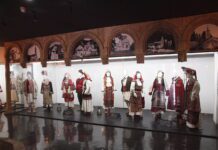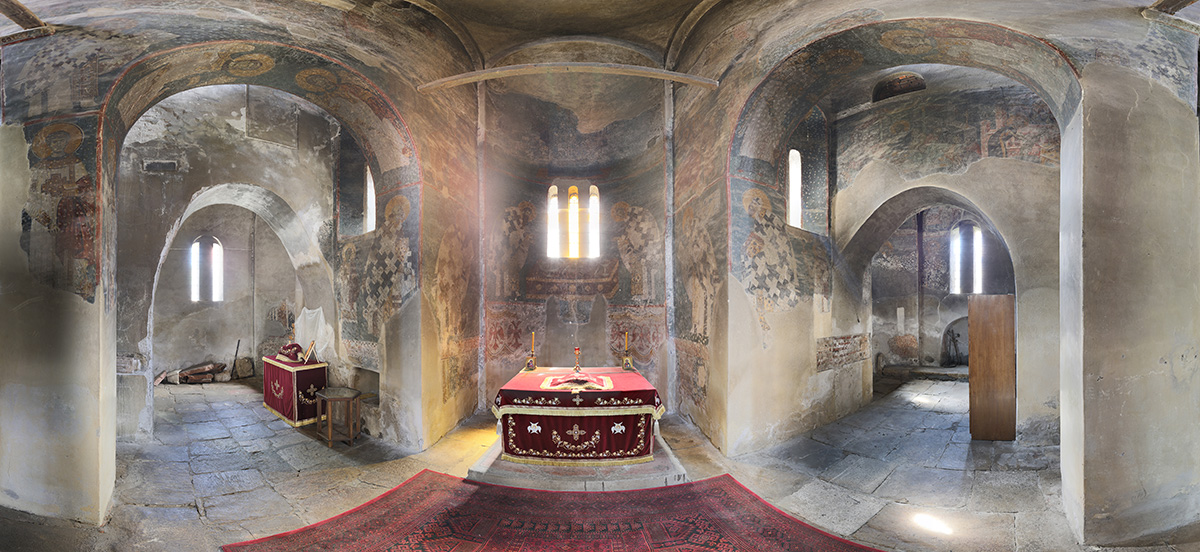
This lake of unusual shape and beauty is located in the far north of Vojvodina. A rich variety of flora and fauna, rare, protected species and its unusual surroundings contributed to Ludaš Lake becoming a special nature reserve and a distinctive open-air museum, whose wildlife variety awakens imagination.
The creation of Ludaš Lake started back in the Stone Age. This lakes basin was formed, over a long time span, by wind erosion. The basin alongside the sand dunes that surrounded it stopped the water from flowing away. This is the story about how this area, where archeologist found the oldest settlement in the region, came to be. Today Ludaš Lake is surrounded by three villages Ludaš, Hajdukovo and Nosa.
The wetlands spread across eight hundred hectares and they consist of steppes, salt and wet meadows, reed beds and open bodies of water. The distinct feature of this lake is its shallow basin and it gained the status of the central habitat owing to the connection with surrounding stagnant waters. What makes Ludaš Lake really unique is the rich variety of animals and plants that live there.

Many bird species found their home here, because of the diverse habitats that surround the lake. This lake is a very important nesting place for many wetland birds and it is a home to forty different bird species. A great number of them are rare or endangered species, including the white-headed duck, the bearded reedling and the mustached warbler as the most famous ones. Many swamp birds and birds of prey can also be found here.
Wet flood-meadows and the lake itself are an ideal breeding ground for numerous amphibians. Some of the amphibians that are present here are: small and big newts, moor frogs, green frogs and the protected European pond turtle. Apart from the very popular goldfish (Carassius auratus auratus) which has been almost completely replaced by the Prussian carp; this lake is a home to about twenty more fish species, the most famous one being the protected weatherfish. You can also find weasels, moles and stoats here.
Apart from rich diversity of animal life, Ludaš Lake is also a home to numerous plant species. The rarer ones are: the purple loosestrife, plantago schwarzenbergiana schur, the Pannonian trefoil, while the main value of the marshes along the banks is the seaside arrowgrass, enlisted in the Red Book of Serbian flora. It is an extraordinary experience to visit the lake during the spring when the yellow iris is in full blossom.

According to the varying degrees of protection, the lake is divided into three zones, in some of which human activity is limited. The northeastern part of the lake is strictly protected and access is only allowed to people who are doing a scientific research. The second zone is for those who are on a vacation and for sport angling. The third zone serves for recreational purposes; developing rural tourism is the future goal for this zone.
The first act of nature protection of the lake was passed in 1955. and in 1994. it was made a special nature reserve by the decree of the Government of the Republic of Serbia. In 1977. it was included in the Ramsar list of Wetlands of International Importance.
In addition to walking, sightseeing and relaxation, you can also enjoy one of the organized tours. Birdwatching is the most attractive one, the tours are held from April to September. There is an equestrian facility and a restaurant near the lake, where you can eat delicious fish specialties.
You may also be interested in visiting Roka’s farm (Rokin salaš), it is one of the last remaining authentic buildings in the area with an interesting ethnographic, natural and archeological collection of items that were found in the vicinity of the lake. There are four routes with information boards, which all start from the Visitors Centre.
Other cultural monuments that are worth visiting are the local catholic church and the parish. The lake is surrounded by old farms, orchards, vineyards and old wine cellars, so a bit of exploring surely won’t be a mistake. If you’re visiting the lake during summer, be sure not to miss the traditional eco-camp, which was established in 1987.
How to get to Ludaš Lake?
The lake is located 14 kilometers southeast of Subotica and 180 kilometers from Belgrade. The road through Hajdukovo village is suitable for all vehicles (cars, buses, bicycles), you can also take a train to Subotica and then take the commuter bus to the lake.
When you are already here, don’t miss…
Palić Lake – It is an important tourist center in Vojvodina, which is especially attractive during the summer. The lake is rich in fish and its mud has healing properties. It is a perfect place for a vacation, recreation, sport angling and many other activities.
Subotica – It is northernmost city in Serbia with rich history, culture and tradition, which you mustn’t miss if you visit Vojvodina. Subotica is a multiethnic city with over twenty ethnic groups and beautiful architecture, making it the cultural center of Vojvodina.
Comments
comments
![]()
About the author
Related posts



















